Is there a way to clone a voice from a video and use it in ChatGPT?
Exploring Voice Cloning Technologies: How to Replicate Voices from Videos for Use in AI Applications
In recent years, advancements in artificial intelligence and machine learning have unlocked exciting possibilities in the realm of voice synthesis and cloning. From creating personalized virtual assistants to enhancing multimedia content, the ability to replicate human voices with high accuracy is transforming the way we interact with technology. One common question that emerges among enthusiasts and professionals alike is: Is it possible to clone a voice from a video and incorporate it into conversational AI systems such as ChatGPT?
The Challenge of Voice Cloning from Video Content
Voice cloning involves generating a digital replica of a person’s voice based on audio data. While capturing and modeling a voice might sound straightforward, it encompasses several technical challenges:
- Audio Quality: Clear, high-quality audio is essential for effective voice cloning.
- Data Quantity: Sufficient speech samples are necessary to accurately model unique vocal features.
- Speaker Variability: Variations in tone, pitch, and emotion can affect the fidelity of the clone.
In the context of a video, extracting clean audio is a preliminary step. Videos often contain background noise, music, or other voices that complicate the extraction process.
How to Clone a Voice from a Video
Fortunately, emerging tools and services now make it feasible to clone voices with minimal technical expertise. Here’s a general outline of the process:
- Extract the Audio from the Video:
-
Use video editing or audio extraction software to isolate the voice portion of the video. Popular tools include Adobe Premiere Pro, Audacity, or specialized audio extractors.
-
Clean and Prepare the Audio:
-
Remove background noise and enhance audio clarity with audio editing tools to ensure the AI model receives high-quality input.
-
Use Voice Cloning Platforms:
-
Upload the prepared audio to voice cloning services such as:
- Descript Overdub
- Respeecher
- iSpeech
- VocaliD
- Burness
-
These platforms typically require a sufficient amount of clear speech data, often ranging from a few minutes to an hour of audio, to generate an accurate clone.
-
Generate Your Custom Voice Model:
- Follow the platform’s instructions to create a digital voice profile. Many services provide a simple interface to test the clone with custom text.
Incorporating Cloned Voices into AI Applications
Once
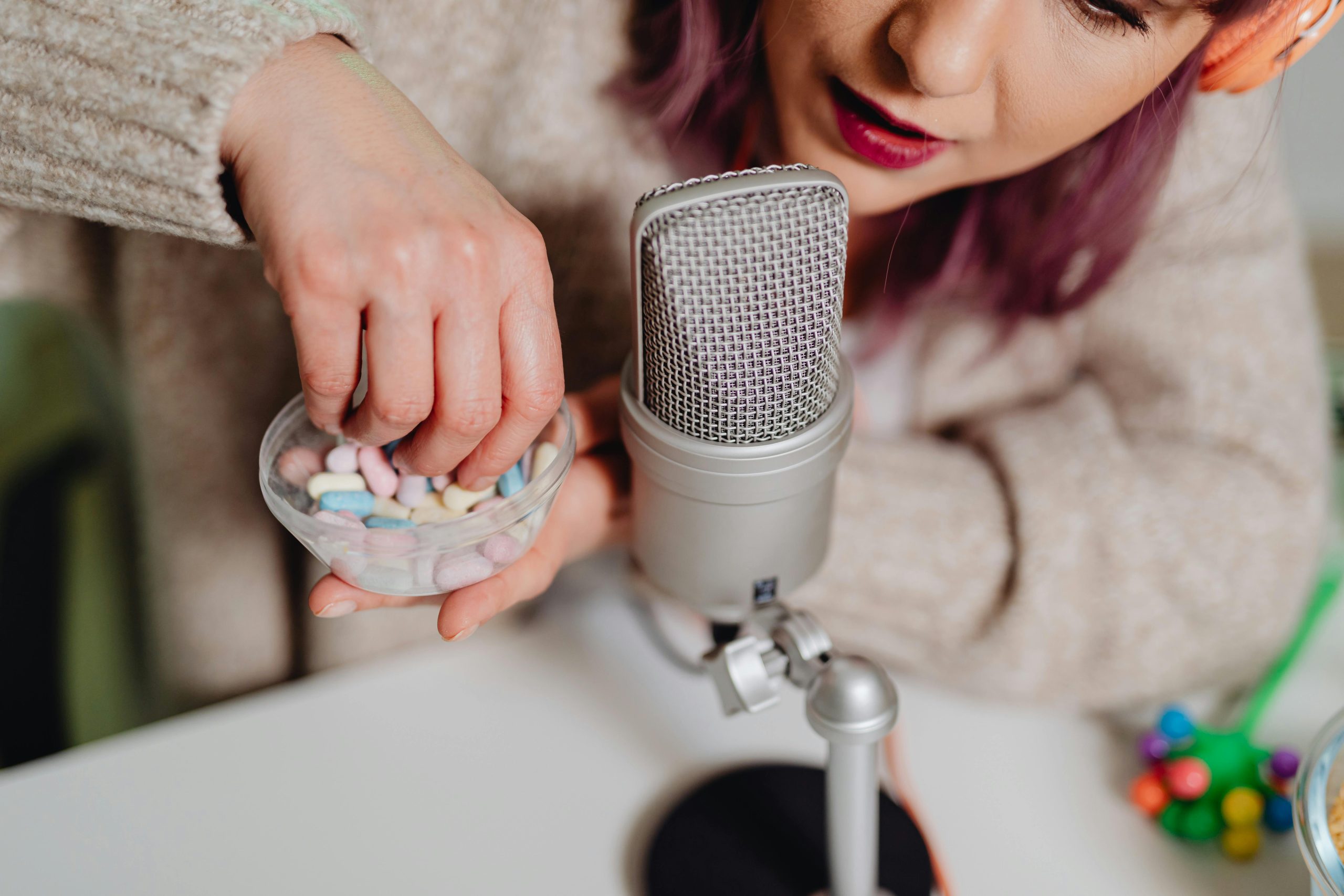

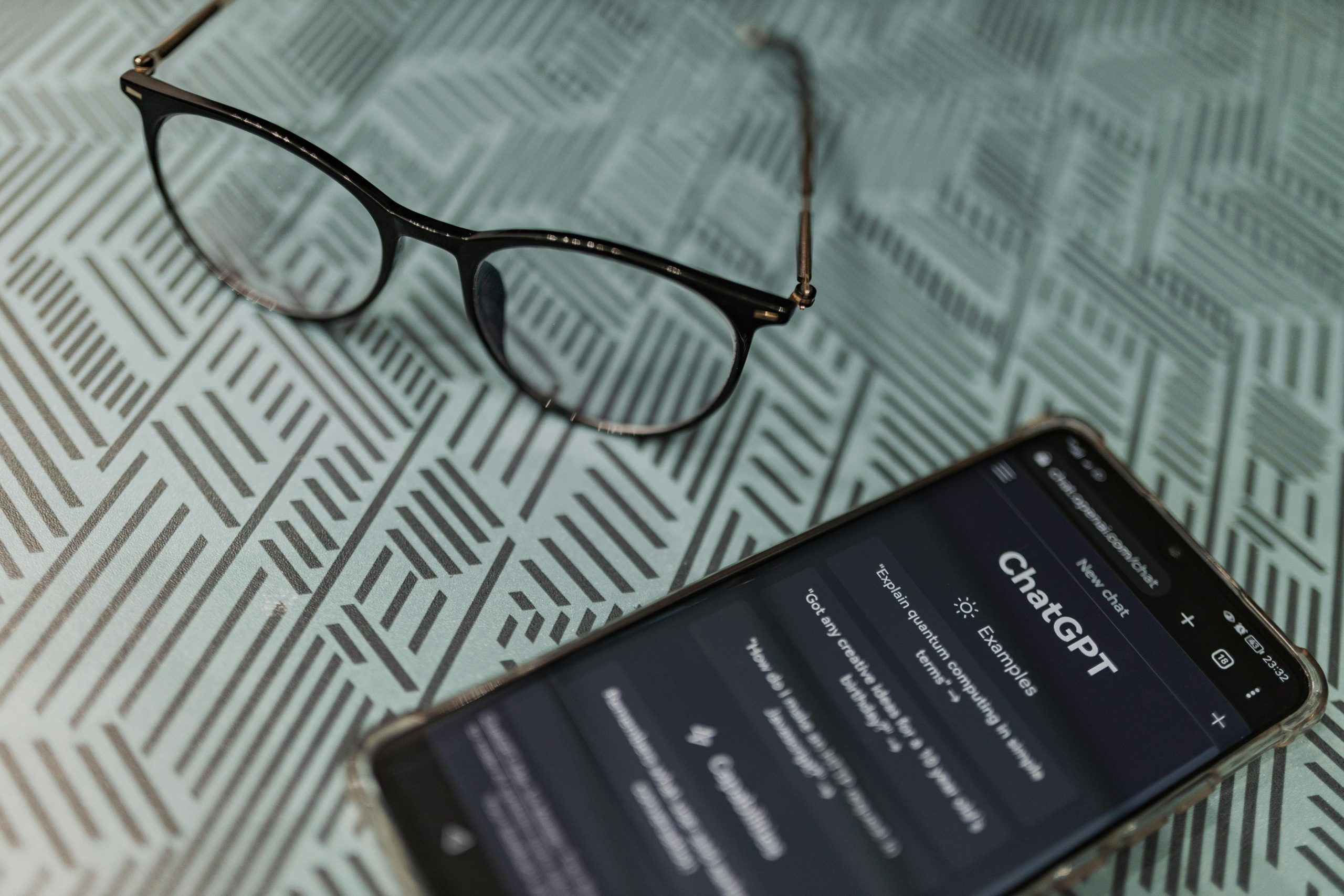




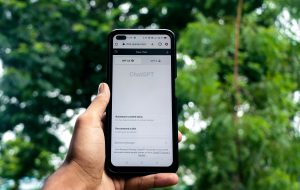



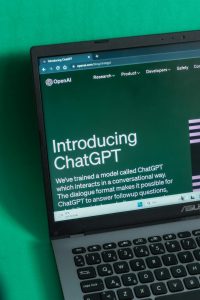
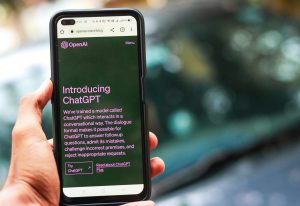

Post Comment